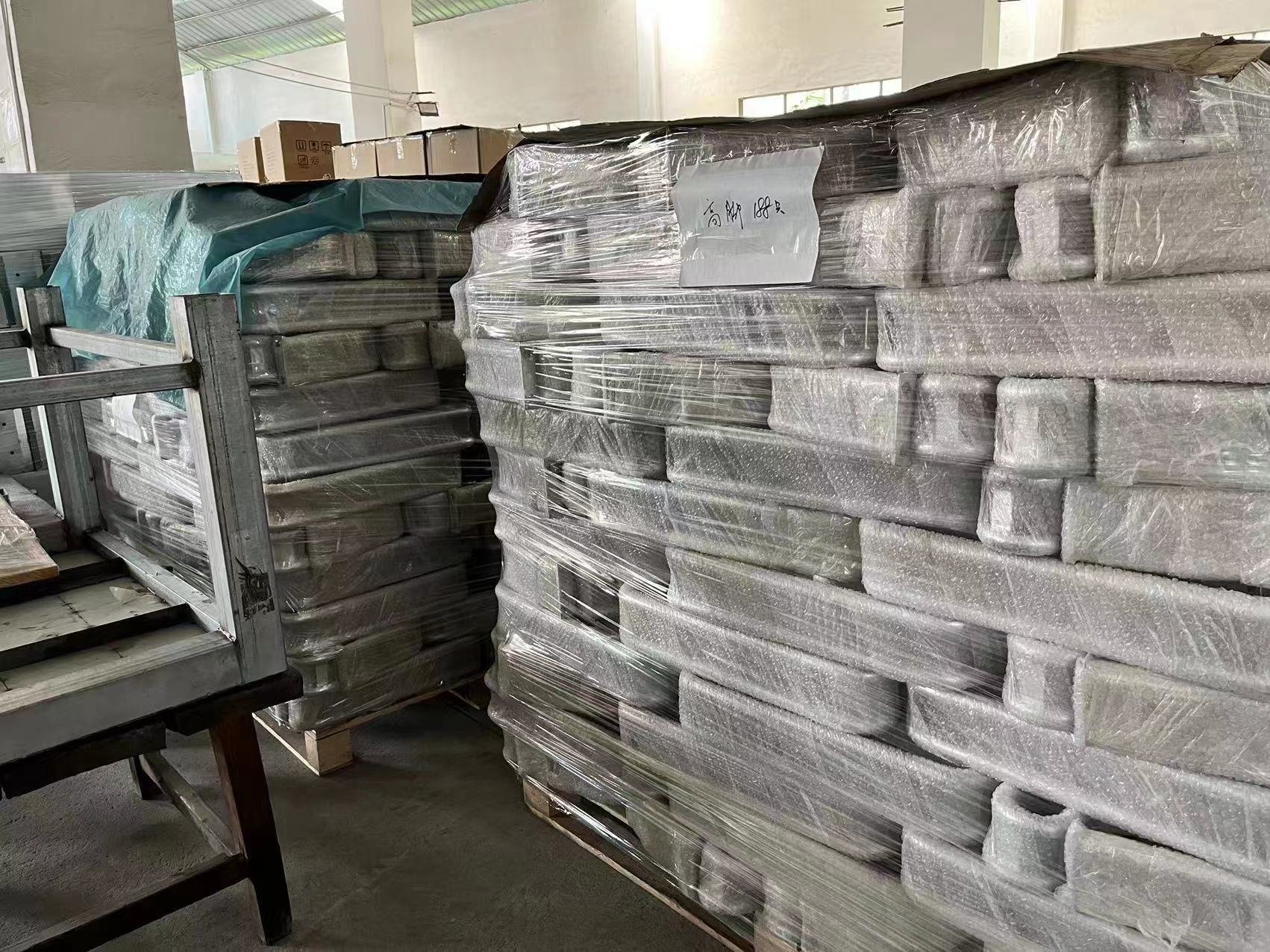Effective Strategies for Recycling and Waste Management in Urban Areas
The Importance of Recycling Dustbins in Modern Waste Management
In today’s rapidly urbanizing world, the quest for sustainable living has led to a pressing need for effective waste management practices. One significant aspect of this is the use of recycling dustbins. These bins not only help in segregating waste at the source but also play a crucial role in promoting environmental responsibility among individuals and communities. This article delves into the importance of recycling dustbins and their impact on waste management.
Understanding Recycling Dustbins
Recycling dustbins are specially designated containers for the disposal of recyclable materials such as paper, plastic, glass, and metals. Unlike regular trash bins that accumulate all types of waste, recycling dustbins encourage the separation of recyclables from general refuse. This practice is pivotal for enhancing recycling rates, as it simplifies the recycling process for waste management facilities.
Benefits of Recycling Dustbins
1. Environmental Conservation One of the most significant benefits of recycling dustbins is their contribution to environmental conservation. By encouraging recycling, these bins help reduce the amount of waste that ends up in landfills. This, in turn, minimizes the release of harmful greenhouse gases and decreases the depletion of natural resources required for manufacturing new products.
2. Energy Efficiency Recycling materials typically requires less energy than producing new ones from raw materials. For instance, recycling aluminum saves about 95% of the energy needed to create aluminum from bauxite ore. By promoting the use of recycling dustbins, communities can significantly lower their overall energy consumption, contributing to a more sustainable future.
3. Economic Benefits The establishment of a robust recycling system involving recycling dustbins can lead to economic benefits as well. It stimulates the recycling industry, creating jobs in collecting, sorting, and processing recyclable materials. Moreover, recycling reduces the need for waste disposal, which can be costly for municipalities.
4. Raising Awareness and Education The presence of well-placed recycling dustbins serves as a continuous reminder to the public about the importance of recycling. Educational signage on the bins can inform people about which materials are recyclable and how proper segregation can make a difference. This awareness fosters a culture of sustainability and encourages individuals to take personal responsibility for their waste.
Best Practices for Using Recycling Dustbins
recycling dustbin

To maximize the effectiveness of recycling dustbins, it is essential to follow some best practices
- Clear Labeling Recycling dustbins should be clearly labeled with symbols and text indicating what can and cannot be placed inside. This clarity helps reduce contamination, which occurs when non-recyclable items are mixed with recyclables, complicating the recycling process.
- Regular Maintenance It is crucial to ensure that recycling dustbins are emptied regularly and maintained in a clean condition. Overflowing or dirty bins can deter people from using them and may lead to improper disposal.
- Strategic Placement To enhance the usage of recycling dustbins, they should be strategically placed in high-traffic areas such as parks, schools, shopping centers, and public transport stations. The more accessible they are, the more likely people will use them.
- Community Involvement Engaging the community in recycling initiatives can lead to greater usage of recycling dustbins. Organizing clean-up events, recycling drives, or workshops can facilitate participation and spread awareness about the benefits of recycling.
The Future of Recycling Dustbins
As technology advances, the future of recycling dustbins looks promising. Innovations such as smart dustbins equipped with sensors that alert waste management services when they are full or apps that provide information on recycling habits could revolutionize how communities handle waste. Furthermore, integrating recycling dustbins into broader sustainability initiatives could enhance community engagement and commitment to environmental stewardship.
Conclusion
Recycling dustbins are far more than just containers for waste; they are essential tools in the fight for a sustainable future. By promoting recycling, reducing landfill waste, and conserving resources, these bins play a pivotal role in modern waste management. As individuals and communities continue to embrace the principles of recycling and responsible waste disposal, the impact of recycling dustbins will undoubtedly become even more significant. With education and engagement, we can work together to create a cleaner, greener planet for generations to come.
-
The Smarter Choice for Pedestrian AreasNewsJun.30,2025
-
The Gold Standard in Round Drain CoversNewsJun.30,2025
-
The Gold Standard in Manhole Cover SystemsNewsJun.30,2025
-
Superior Drainage Solutions with Premium Gully GratesNewsJun.30,2025
-
Superior Drainage Solutions for Global InfrastructureNewsJun.30,2025
-
Square Manhole Solutions for Modern InfrastructureNewsJun.30,2025
-
Premium Manhole Covers for Modern InfrastructureNewsJun.30,2025
